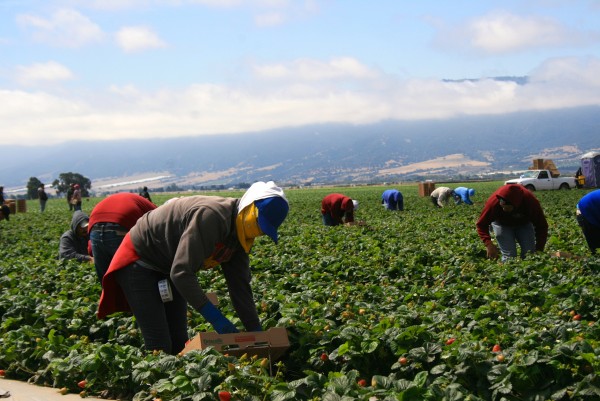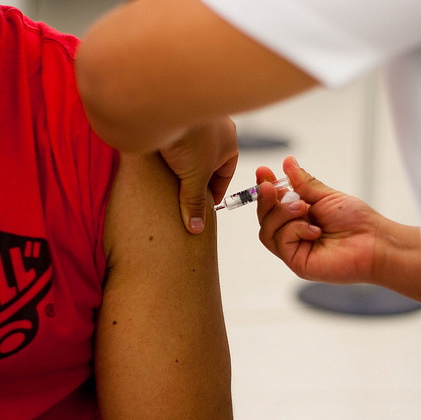The sun has just nosed above the horizon when Maria Espinosa (not her real name) ties a bandana over her face to protect herself from pesticides and dust, and reaches for a blackberry bush. Paid by the amount of berries she picks plus a $3-per-hour wage, Espinosa works feverishly for 10 hours, stopping only briefly for short breaks and lunch. For that day in early May, Espinosa would receive no overtime pay.
As health care providers struggle to reduce the tsunami of diet-related disease washing over communities, a national movement is pairing hospitals and community clinics with local farmers markets through fresh produce prescription programs.
Dozens of freshmen headed to Humboldt State University this fall will have access to something most many of their classmates take for granted: a credit card they can swipe in exchange for food.
Health information is increasingly disseminated online, but Latinos who emigrated to the U.S. may have trouble accessing it, resulting in a health care gap, a new study reports.
California’s teenage birthrate continues to decline and was at a record low in 2014, the state Department of Public Health announced today.
By Daniel Weintraub The big rate increases announced last week for health insurance policies sold by California’s version of the federal health reform are the latest evidence that the Affordable Care Act, despite its name, cannot do much to tame the rise of health care costs. The government-run health insurance market is facing all the same cost pressures that the private market has confronted for
Children in Fresno and Tulare counties, which make up a large portion of the valley, are more likely to experience abuse than most of those that live elsewhere in the state.
A California journalist with a medical death sentence – terminal cancer — recently heralded new improvements in immunotherapy for keeping her alive beyond the one-year life span her doctors had given her. Medical advances, it appears, are often the fastest in cases of acute care.
Most California adults don’t get a flu shot every year, but members of certain racial or ethnic groups are less likely to be immunized, according to a new study.
As California ages, demands soars for geriatricians.









